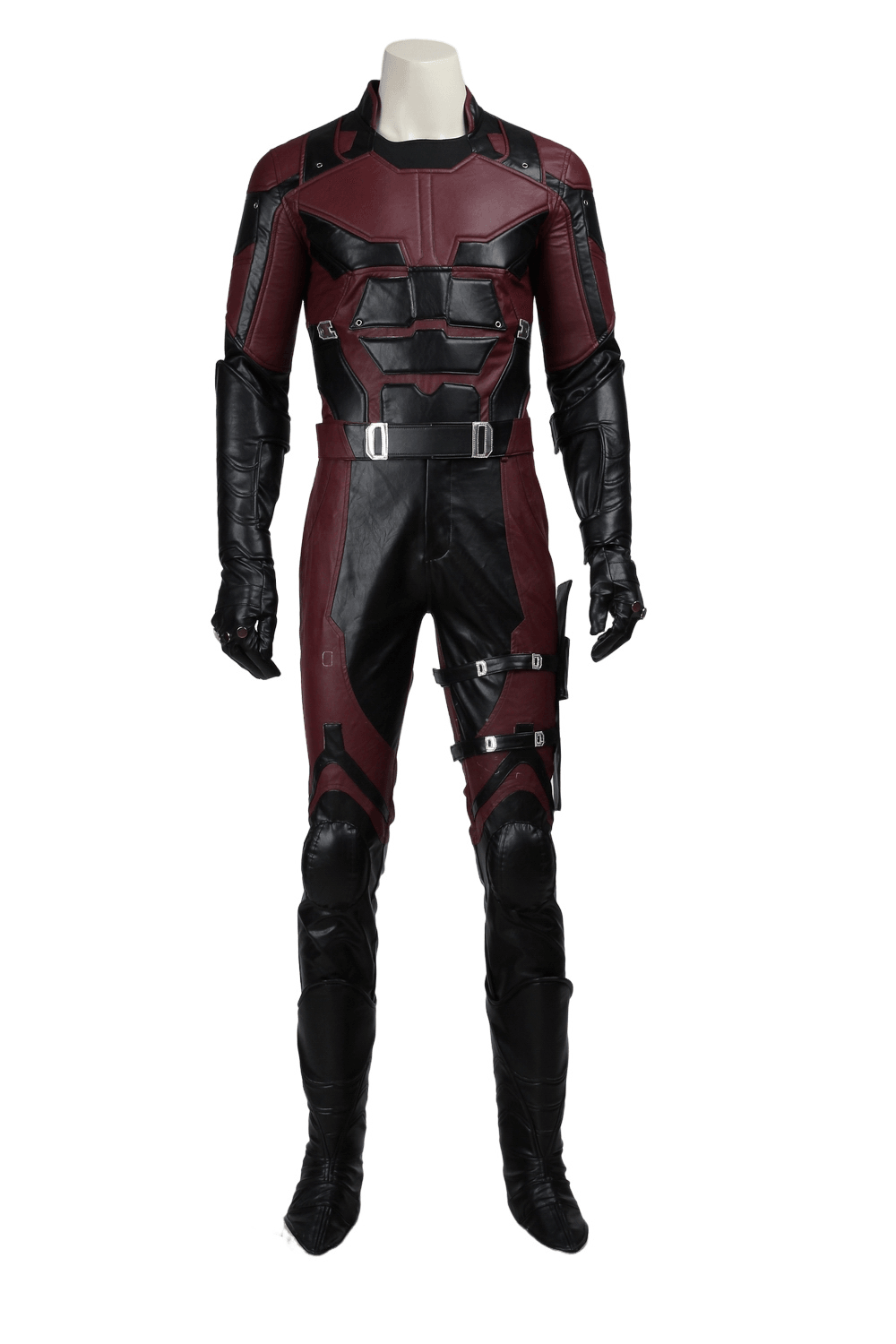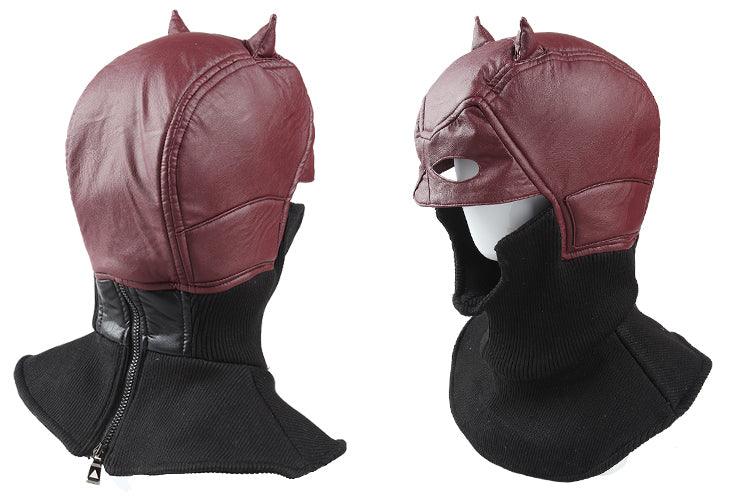How to Make a Cosplay Pattern: A Comprehensive Guide
Creating a cosplay pattern can seem daunting, but with the right tools, techniques, and resources, it becomes an enjoyable and rewarding process. This guide will walk you through the steps of making your own cosplay pattern, from selecting a character to finalizing your costume. We'll also highlight useful resources like CrazeCosplay.com and Rank No.1 to help you along the way.
1. Choosing Your Character
The first and most crucial step in creating a cosplay pattern is selecting the character you want to portray. This decision will guide all your subsequent choices, from materials to techniques.
-
Passion and Interest: Choose a character you love and are passionate about. This will keep you motivated throughout the costume-making process.
-
Skill Level: Consider your skill level. If you're a beginner, start with a character that has a simpler design.
-
Research: Collect as many reference images as possible from different angles. This will help you understand the details of the costume.
2. Planning and Materials
Once you've chosen your character, it's time to plan your costume and gather materials.
Break Down the Costume
Analyze the costume and break it down into individual components. For example, if you're making a Loki costume from Marvel, you might need:
-
A green and gold tunic
-
Black pants
-
A cape
-
Armor pieces
-
A helmet
Make a List of Materials
Create a list of all the materials you'll need. Common materials for cosplay costumes include:
-
Fabrics: Cotton, polyester, spandex, faux leather, etc.
-
Foam: EVA foam is popular for making armor and props.
-
Thermoplastics: Worbla and Wonderflex are great for detailed armor pieces.
-
Accessories: Buckles, zippers, buttons, etc.
Tools and Equipment
Ensure you have the necessary tools for crafting your costume. Some essential tools include:
-
Sewing machine
-
Scissors and rotary cutters
-
Heat gun
-
Glue gun
-
X-Acto knife
-
Measuring tape
3. Creating the Pattern
Creating a pattern is a critical step in the cosplay process. You can use commercial patterns, draft your own, or modify existing garments.
Using Commercial Patterns
Commercial patterns are a great starting point. They come with instructions and are available for various skill levels. For example, McCall’s offers a cosplay line that includes patterns for different characters.
Drafting Your Own Pattern
For a custom fit, you might want to draft your own pattern. This involves taking precise measurements of your body and drawing the pattern on paper. There are many online tutorials and books that can guide you through this process.
Modifying Existing Garments
You can also use existing garments as a base for your pattern. Place your garment on construction paper and trace around it, remembering to add seam allowance. This method is particularly useful for beginners.
4. Cutting and Preparing the Fabric
Once you have your pattern, it's time to cut and prepare the fabric.
Pre-Washing Fabric
Always pre-wash your fabric to prevent shrinkage and remove any chemicals. This step is crucial for ensuring your costume fits correctly after washing.
Cutting the Fabric
Lay out your fabric on a flat surface and pin your pattern pieces onto the fabric. Use sharp scissors or a rotary cutter to cut out the pieces accurately.
5. Sewing the Costume
Sewing is where your costume starts to come to life. Here are some tips for sewing your cosplay costume:
Using the Right Stitch
Different fabrics require different stitches. For example, use a zigzag stitch for stretch fabrics like spandex to allow for movement without breaking the thread.
Fitting and Adjustments
Try on the costume as you go to ensure a good fit. Make adjustments as needed, such as taking in seams or adding darts.
6. Special Techniques for Cosplay
Cosplay often involves unique techniques to create specific elements like armor, props, and accessories.
Working with EVA Foam
EVA foam is a popular material for making armor and props. It's lightweight, flexible, and easy to work with. Use a heat gun to shape the foam and a Dremel tool for detailing.
Using Thermoplastics
Thermoplastics like Worbla can be heated and molded into intricate shapes. They are ideal for creating detailed armor pieces and props.
7. Painting and Finishing Touches
Painting and finishing touches bring your costume to life and add realism.
Priming and Painting
Prime EVA foam objects with a few layers of spray-on rubber to create a smooth surface for painting. Use acrylic paints for color and details, and seal the paint with a clear coat to protect it.
Adding Details
Add any final details like weathering, shading, and highlights to enhance the realism of your costume.
8. Resources and Tutorials
Utilize online resources and tutorials to improve your skills and find inspiration. Websites like CrazeCosplay.com offer DIY guides and tutorials for various characters. Additionally, forums and social media groups can provide support and inspiration.
CrazeCosplay.com
CrazeCosplay.com is a popular online store specializing in tailor-made anime cosplay costumes, wigs, and accessories. Here are some reasons to consider CrazeCosplay:
-
Variety: They offer a vast selection of costumes from various anime, manga, and video games.
-
Customization: You can request personalized or custom-made items to fit your specific measurements and preferences.
-
Quality: Many users have praised the quality of the costumes.
9. Attending Your First Cosplay Event
Attending a cosplay event or convention is an exciting opportunity to showcase your costume and connect with other fans.
Preparation
-
Research the Event: Familiarize yourself with the event's schedule, location, and policies. Plan your transportation and accommodations in advance.
-
Packing: Pack all parts of your costume, including any repair kits for quick fixes. Don't forget essentials like water, snacks, and comfortable shoes.
Getting Into Character
-
Practice: Rehearse the character's poses, expressions, and mannerisms. This will help you stay in character throughout the event.
-
Interaction: Engage with other attendees in character, but always be respectful and considerate of their boundaries.
Enjoying the Event
-
Confidence: Wear your costume with pride and confidence. Remember, cosplay is about having fun and expressing your love for the character.
-
Networking: Use the opportunity to meet new people, share tips, and learn from more experienced cosplayers.
10. Improving Your Cosplay Skills
Cosplay is a continuous learning process. Here are some ways to improve your skills over time:
-
Practice: The more you practice, the better you'll become. Start with simpler projects and gradually take on more complex costumes.
-
Tutorials and Guides: Utilize online resources like YouTube tutorials, blogs, and books to learn new techniques. Websites like Kamui Cosplay offer detailed guides on various aspects of cosplay.
-
Join a Community: Joining a cosplay community can provide support and inspiration. Online forums, social media groups, and local cosplay clubs are great places to connect with other cosplayers.
Conclusion
Creating your own cosplay pattern is a fulfilling and creative journey. By choosing a character you love, planning meticulously, and using the right materials and techniques, you can bring your favorite characters to life. Whether you’re crafting a detailed armor piece or sewing a simple tunic, the key is to have fun and express your passion for cosplay.
For more detailed guides and inspiration, visit CrazeCosplay.com, where you can find DIY ideas for characters like Loki, Starfire, and Astrid. Happy cosplaying!






